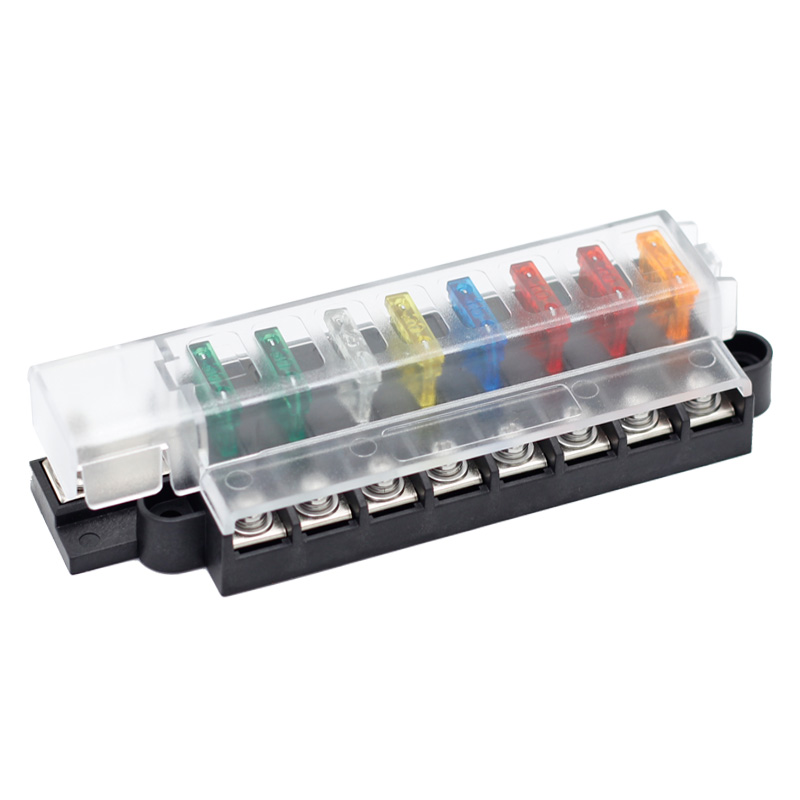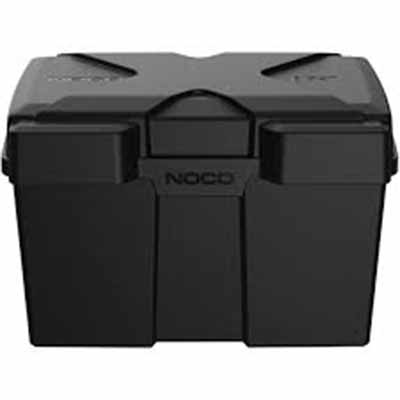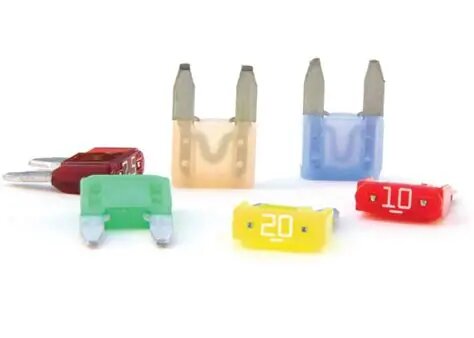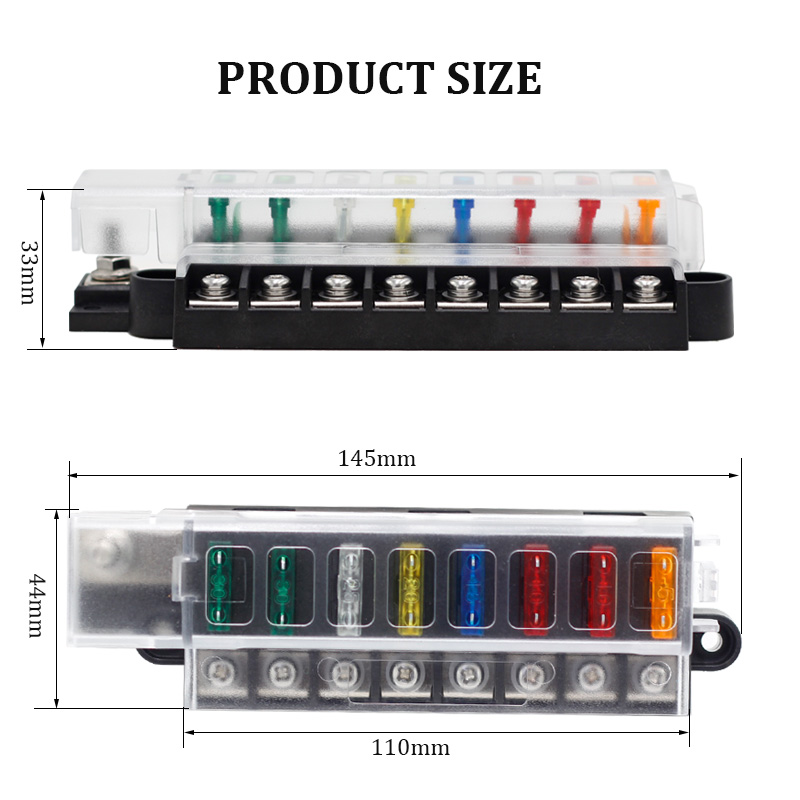How to Replace a Car Fuse Holder in a Tight Space: Essential Tools Needed
News 2025-10-20
Replacing a car fuse holder is essential for maintaining electrical system integrity, especially in tight spaces where access is limited. This process is common in automotive repairs, where faulty holders can lead to blown fuses or system failures. By focusing on proper techniques and the right tools, you can handle this task efficiently, ensuring safety and reliability in various vehicle types. Highlighting scenarios like working in engine bays or dashboard areas, this guide emphasizes how correct replacement enhances performance by preventing electrical shorts and improving longevity.

Navigating Tight Spaces in Automotive Repairs
In confined areas of modern cars, such as those found in compact engine compartments or under dashboards, replacing a fuse holder demands precision. These spaces often involve awkward angles and limited visibility, which can complicate the procedure. For example, in electric vehicles, the layout might include additional wiring that restricts movement. Using targeted tools helps mitigate these challenges, allowing for better access and reducing the risk of damage to surrounding components, ultimately supporting optimal electrical function.
Key Tools and Materials for the Job
Selecting the right equipment is critical for success in restricted environments. Essential items include a multimeter to test circuits, needle-nose pliers for handling small parts, a flexible LED light for illumination, and a set of trim removal tools to avoid scratching surfaces. Additionally, keep spare fuse holders, fuses, and electrical tape ready. High-quality tools not only facilitate easier manipulation in tight spots but also ensure secure connections, boosting the overall durability and safety of the repair.
Step-by-Step Guide to Replacement
Start by disconnecting the vehicle battery to eliminate shock risks. Identify the faulty fuse holder by consulting the car’s manual or using a diagram. Carefully remove any obstructing panels with appropriate tools, then disconnect wires and extract the old holder. Install the new fuse holder, making sure all connections are firm and corrosion-free. Reassemble everything, reconnect the battery, and test the circuit. This method, tailored for cramped conditions, promotes efficient repairs and reliable performance in automotive electrical systems.
Frequently Asked Questions
1. What signs indicate a failing fuse holder?
Look for repeated fuse blowouts or inconsistent electrical operation, often due to corrosion or poor contacts.
2. Is it safe to replace a fuse holder without professional help?
Yes, with the right tools and caution, but always disconnect the battery first to avoid hazards.
3. How can I prevent future fuse holder issues?
Regular inspections and using quality components can minimize wear, especially in harsh environments like salty roads.


